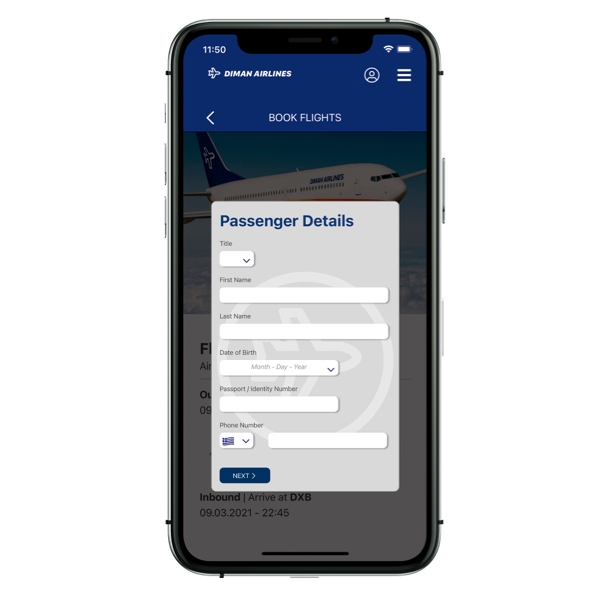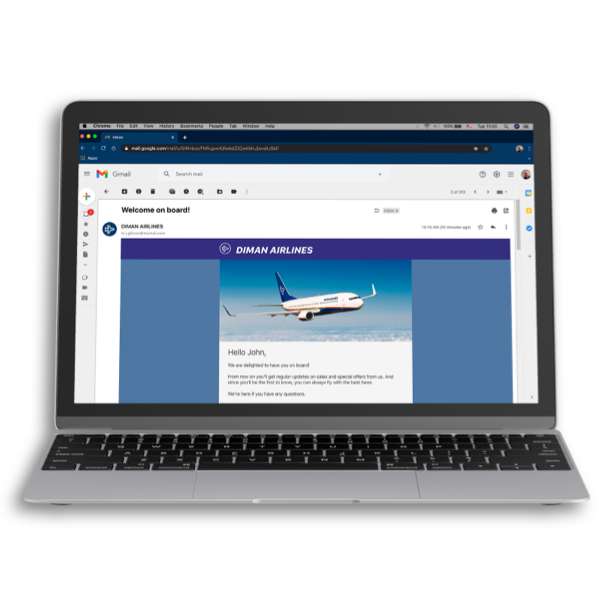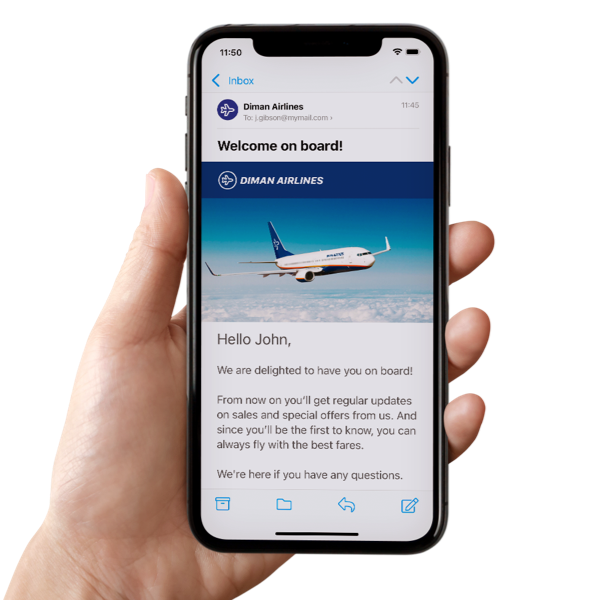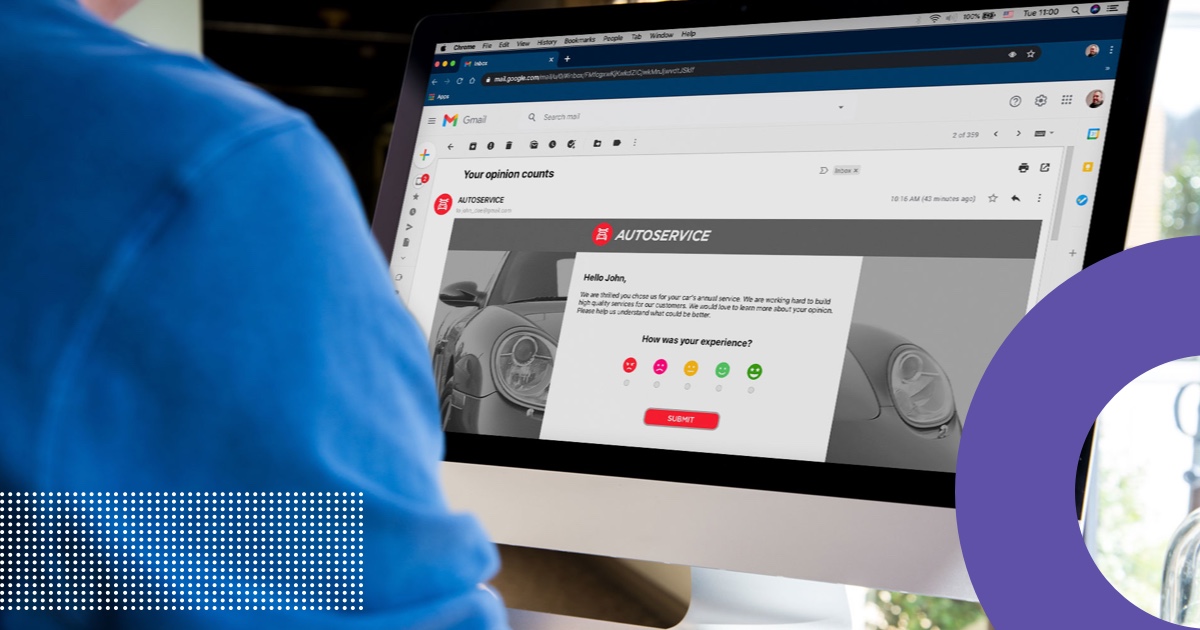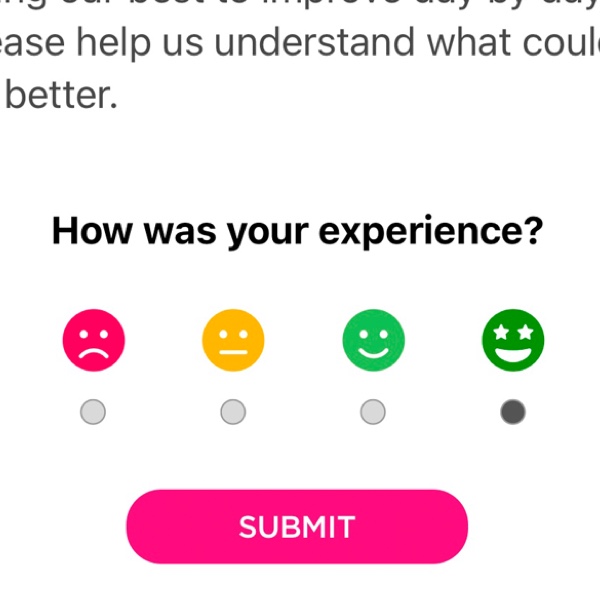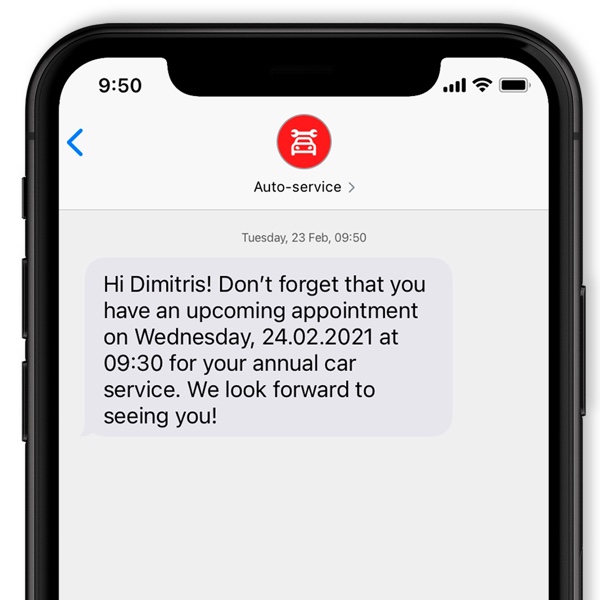Losing customers harms your business in oh-so-many distinct ways! Be it revenue loss, the increased costs of attracting new customers, lower brand reputation, and the list goes on. But let us focus on the bright side of life. Loyal customers are five times as likely to repurchase, five times as likely to forgive, seven times as likely to try a new offering, and four times as likely to refer. So it all comes down to attending to what the customers want.
In this ever-competitive and global market, it comes as no surprise why companies of all sizes and in all industries are abandoning traditional business-driven and product-driven strategies and start embracing customer-centricity approaches. Consumers have limitless choices directly in front of them. If brands want to perform well, they can no longer afford to think only about what is good for their business without taking into account the impact of their tactics on the customer experience. Now, more than ever, businesses must focus on fostering a customer-centric mindset, making the customer central to all their business processes and policies. Research shows that client-centric companies are 60% more profitable compared to companies not focused on the customer. Customer satisfaction, customer feedback, and customer experience are here to stay.
This article will help you understand the concept of customer experience, what it includes, how it differentiates from customer service, and why it is an essential factor for your business. We will discuss how you can measure customer experience and what are the key metrics that you should keep in mind. We will also give you some tips from our very own expertise on how you can improve your brand’s customer experience. So let’s dive into the amazing world of customer experience!
What is customer experience CX?
Customer experience, widely known as CX, is the customers’ 360 perception of their transactions with a business or brand. CX includes all interactions a customer has with a business, ranging from browsing the brand’s website to talking to a customer representative for information or customer service, and extends way after the customer’s receipt of the brand’s products or services. You need to realize that customer experience does not stop after purchase. It encompasses the entire relationship a customer has with a business before purchase and long after the purchase.
Customer experience vs Customer service
Customer service is often misperceived as customer experience. Things are pretty simple and crystal clear. Customer service is just one part of the whole customer experience. CX is the overall perception of what customers think of a brand based on their interaction with it, whereas customer service addresses specific touchpoints within the customer experience. For example, when a customer requests and receives help from a business (e.g., when a customer calls or sends an email to customer service to solve a problem or make an inquiry about a purchased product) is considered customer service.
How can you measure CX?
Here is a list of the five most important metrics to measure customer experience. Keep in mind that all of these metrics must be accounted for when assessing your customer experience strategy, as they all provide data about co-dependent parts of the customer experience to get the desirable in-depth insights for optimizing your brand’s CX.
Net Promoter Score (NPS)
The Net Promoter Score (NPS), first developed in 2003 by the top management consulting firm Bain and Company, measures the loyalty of customers to a business or brand. NPS employs a single-question survey and typically uses the following question of “How likely is it that you would recommend Business X/Product Y/Service Z to a friend or colleague on a scale from 0-10?”
Based on their answers, customers are segmented into three groups, the detractors, the passives, and the promoters.
NPS is a quite simple, quick, and user-friendly process, as customers only have to select the score they most likely agree with. With NPS, a business can easily identify its potential promoters and reach out to them, asking them to refer the brand to friends and social media followers. Studies have shown that higher Net Promoter Scores correlate with higher revenue for a business. For example, a seven-point increase in NPS associates with a 1% business growth increase.
However, taking into account only this metric, a business cannot have clear insights into what specific touchpoints meet the customers’ expectations. The customer experience with a brand is a much-complicated relationship than just likely-to-refer feedback. Customers may indeed love the products or services of a brand or a business however they can be very dissatisfied with the brand’s customer service or after-sales care. Consequently, other CX metrics must be accounted for in the overall measurement of the customer experience. A business must be able to understand the reasons behind the numbers of customers that are not promoters but simply passives.
Customer Satisfaction Score (CSAT)
The Customer Satisfaction Score (CSAT) deals with tracking how customers feel about a brand’s products and services. CSAT employs a set of questions that can determine a customer’s level of satisfaction at key-interaction times, asking questions such as “How would you rate your overall satisfaction with the Product X/Service Y you just received?” Customers are requested to select between a range of answers (e.g., Very unsatisfied, Unsatisfied, Neutral, Satisfied, Very satisfied) for different touchpoints of interaction with the brand, such as the moment of purchase, the onboarding process, a support ticket communication, or a specific communication with the brand’s customer service.
The CSAT is also a simple, flexible, and user-friendly process, where customers only have to select the rate with which they mostly agree. With CSAT, a business can easily have a view of how customers perceive the brand through diverse touchpoints. So the business can easily identify pain points or particular problem areas or its customer journey and take action.
However, if your business operates internationally, you have to keep in mind the cultural differences, as customers from diverse countries tend to rate a brand differently. For example, Japanese people are more modest in the intensity of expressing their feelings, as compared to Americans who express themselves more loudly. Not to mention that ratings may have different meanings for every person, even if they share the same culture. For instance, customers A and B may have both rated one of the touchpoints or a product as “satisfied”, however for customer A, this may mean that he had a great experience, whereas, for customer B, this may mean that she had an “ok” experience.
Overall Star Rating
The Overall Star Rating presents the general evaluation of a business, brand, or product as reviewed by the customers, usually on a rating scale from one to five stars. For example, Google My Business is a review site that includes a 5-star rating scale for the businesses showcased. Users can log in with their credentials and rate any business or brand they have had an experience with. The Overall Star Rating enables customers to review their experience as a whole with a brand’s products, services, or the brand per se.
This customer experience metric is pretty easy to track and -like the Net Promoter Score- higher star ratings mean more revenue for a business. Research has shown that a one-star increase in overall star rating leads to a 5% to 9% increase in revenue.
Besides, many times, when customers rate a business low, they also leave a written description or complaint explaining the reason for their low-rate review. This way, a business can easily identify pain points or problem areas that need improvement and take action.
Of course, the Overall Star Rating also cannot be taken into account on its own as a stand-alone metric. Not every business has enough reviews for overall star rating to be a helpful metric. This may need an extra effort from your company to request reviews from customers. Not to mention the fact that your overall star rating is also affected by customer experiences that took place in the distant past, so it can be helpful to instead look only at reviews posted in a certain recent period.
Customer Effort Score (CES)
The Customer Effort Score (CES) -first introduced in 2010 by the Corporate Executive Board (CEB), a global best practice insights and technology company, subsidiary of Gartner- measures the effort customers had to exercise to use a product or service, to find the information they needed, or to get an issue resolved. CES employs questions such as “Company X made it easy for me to handle my Y issue.”
Usually, customers are requested to select between a scale range rate of one to five, where one represents a “strongly disagree” statement and five represents a “strongly agree” reply.
So the less effort required by a customer to complete a task or solve an issue with the brand or the brand’s product or service, the greater the CES score is, and hence, the higher the customer satisfaction is. In simple words, if your customers think they work too hard to get a solution from your company, there is a good chance they will decide to go to a competitor and thus, ravage your customer retention rate.
Like CSAT, CES surveys customers after a single touchpoint in time. It can identify a single issue and problematic areas however, as a stand-alone metric, Customer Effort Score holds no vital in-depth value for a business that wishes to dig deeper and gain greater insight into its customer experience.
Customer Churn Rate
The Churn Rate measures the scale at which customers stop doing business with a brand in a certain period. For example, assuming that a brand has 100 customers one year, but only 85 of them continue using its products or services the next year, then the brand’s churn rate for the year is 15%.
For businesses and brands that operate on a subscription model, measuring the Churn Rate is pretty straightforward, as they can calculate how many subscribers stayed and how many unsubscribed or did not renew over a certain period. However, businesses that do not use a subscription model will have to dig deeper into their customer data to calculate their churn rate.
The churn rate enables a business to identify customers at risk of leaving by studying the characteristics of the customers who have already left this business. The Know-Your-Customer concept proves super helpful in this case as the company can develop an action plan to ensure retention of these types of customers. As estimated, acquiring a new customer is anywhere from five to twenty-five times more expensive than retaining an existing one, so focusing on reducing a brand’s Churn Rate can prove cost-effective for this business.
At the same time, a business can have a better grasp of its problem-areas and take action in improving them (e.g., customers may leave due to delayed responses from customer service.)
Of course, the churn rate cannot be reduced totally, as a normal number of customers is inevitable that they will leave a brand or business within a period due to numerous non-controllable factors (e.g., some customers may not belong to your target market anymore because of age or other preferences, traits, or competition, and so on.)
How can your business improve customer experience?
Improving the customer experience is not an easy ride. According to marketing research, it takes twelve positive experiences to repair the damage caused by a single unresolved negative one.
We at Routee believe that it takes two to tango; a business willing to walk the extra mile to track its customer experience and optimize it to its greater good and an intelligent tool that will facilitate and boost this effort to produce optimum results.
So, if you are a business with a vision of providing great CX, plan forward and put in action surveys to collect in-depth feedback from your customers and better understand their pain points and how you can resolve them. Make use of Routee’s intuitive omnichannel platform to conduct efficient and instant SMS surveys, build rich forms for capturing customer data, and leverage the power of marketing automation to get the invaluable feedback you need to elevate your customer experience.
Make sure you engage your entire business in the process, as elevating the customer experience is a team effort, all your departments must be aligned with your vision to provide the best customer experience possible for your customers.
Implement the right customer experience strategy and use the proper marketing platform to turn your customers into loyal ones, make your loyal customers your brand ambassadors, start enjoying the fruits of your labor, and watch your business and your profits grow.
Read more on why personalization is key in customer experience.
